![]()
James Cameron just doesn't seem happy unless he's constantly pushing film-making technology to its limits, and the upcoming AVATAR sequels will be taking motion-capture to the next level – by shooting the majority of it underwater. That's right. Collider recently had the opportunity to speak with James Cameron and asked about the challenges of developing an entirely new technology for the sequels, which they're in the process of using right now.
Well, we’re doing it. It’s never been done before and it’s very tricky because our motion capture system, like most motion capture systems, is what they call optical base, meaning that it uses markers that are photographed with hundreds of cameras. The problem with water is not the underwater part, but the interface between the air and the water, which forms a moving mirror. That moving mirror reflects all the dots and markers, and it creates a bunch of false markers. It’s a little bit like a fighter plane dumping a bunch of chaff to confuse the radar system of a missile. It creates thousands of false targets, so we’ve had to figure out how to get around that problem, which we did. Basically, whenever you add water to any problem, it just gets ten times harder. So, we’ve thrown a lot of horsepower, innovation, imagination and new technology at the problem, and it’s taken us about a year and a half now to work out how we’re going to do it.
Despite the considerable amount of time they've poured into the technology, it's proven to be incredibly difficult to implement, and James Cameron admitted that they only had their first successful run just last week. "We’ve done a tremendous amount of testing, and we did it successfully, for the first time, just last Tuesday [November 14th]," Cameron said. "We actually played an entire scene underwater with our young cast. We’ve got six teenagers and one seven-year-old, and they’re all playing a scene underwater. We’ve been training them for six months now, with how to hold their breath, and they’re all up in the two to four minute range. They’re all perfectly capable of acting underwater, very calmly while holding their breath. We’re not doing any of this on scuba. And we’re getting really good data, beautiful character motion and great facial performance capture. We’ve basically cracked the code." In regards to just how much of Pandora's underwater world will be explored in the sequels, Cameron added that the bulk of the water work will be spread across AVATAR 2 and 3, although it will also come into play in AVATAR 4 and 5, but not to the same degree.
Production finally got underway in September, with James Cameron simultaneously filming AVATAR 2 and 3. Once the two films wrap, they'll go through post-production sequentially. "Then we go back and capture 4 and 5," Cameron told THR several months ago. "They're all written and they're all designed, so we literally hit the ground running the day after Avatar 3 comes out, starting capture on 4 and 5 and then post on those and release those. That's the plan. So, it's kind of a two-and-two structure."
The first AVATAR sequel will hit theaters on December 18, 2020, with AVATAR 3 following on December 17, 2021, AVATAR 4 on December 20, 2024, and, finally, AVATAR 5 wrapping everything up on December 19, 2025.


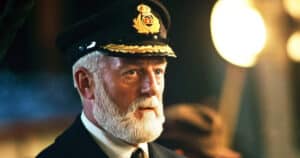




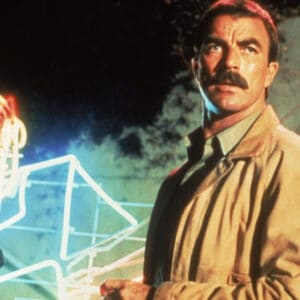

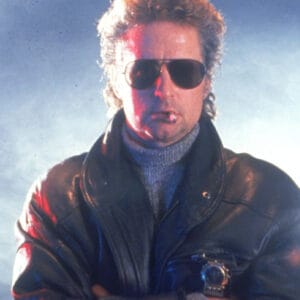
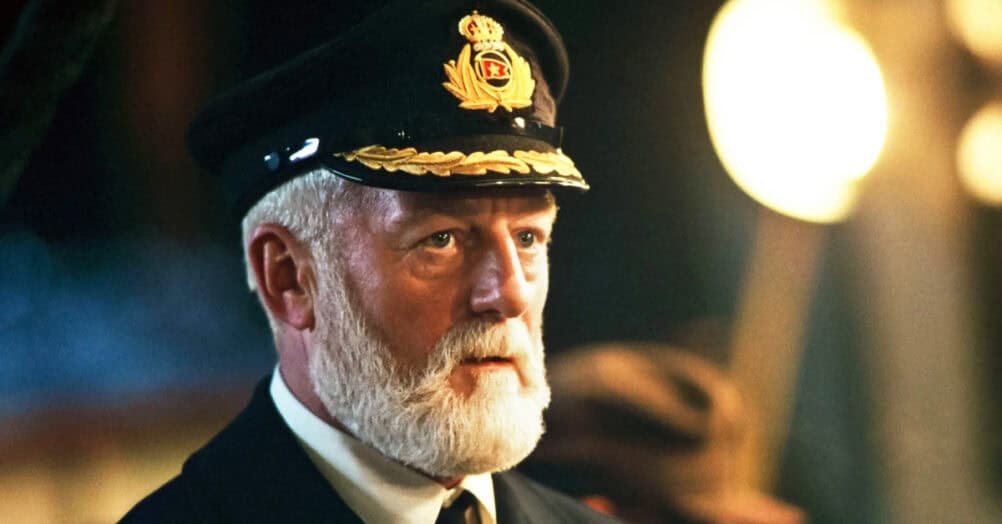
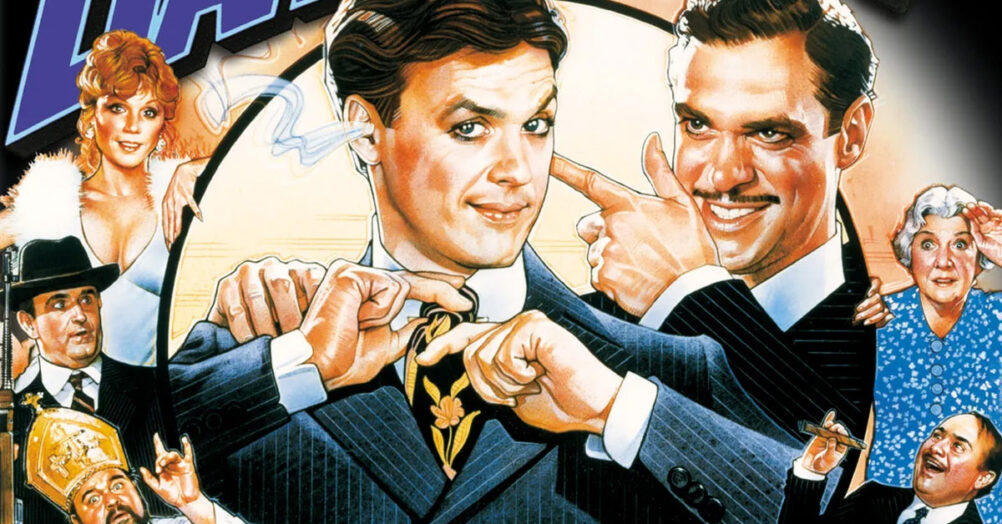
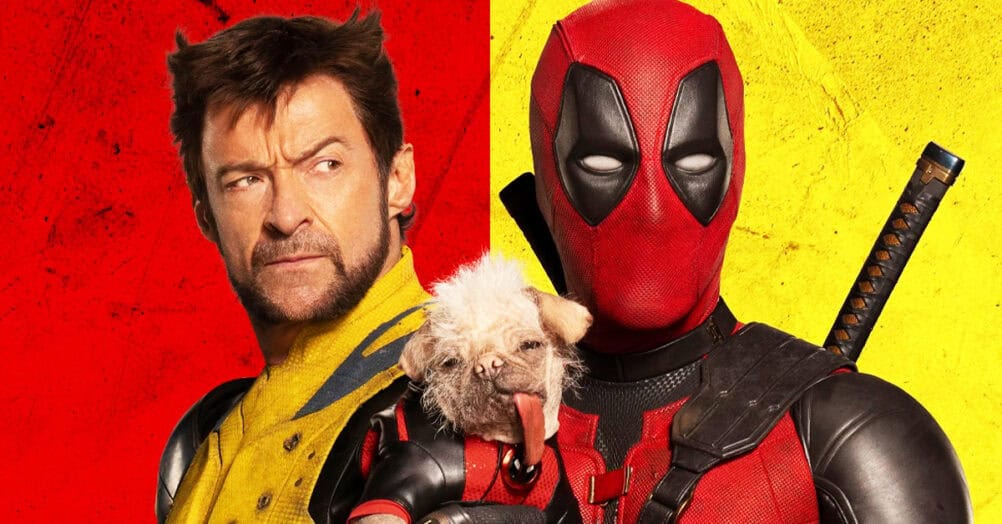
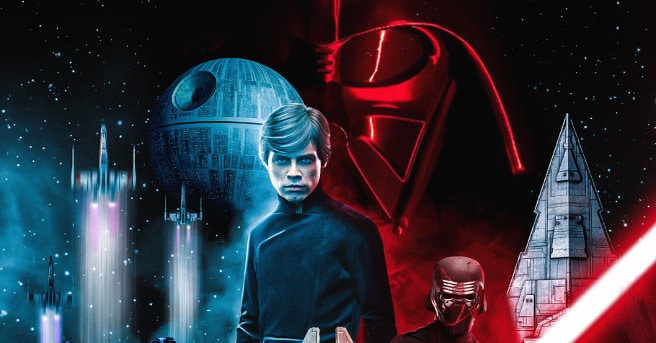
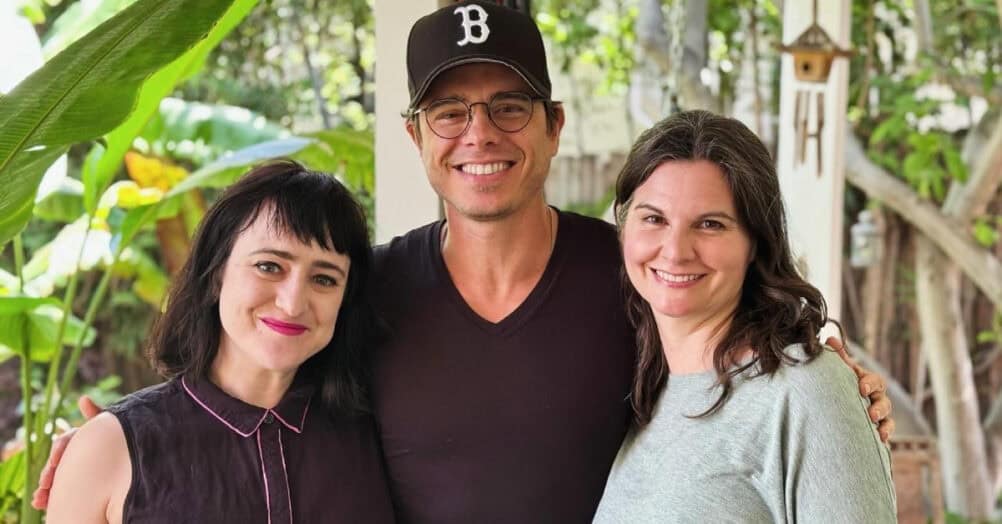
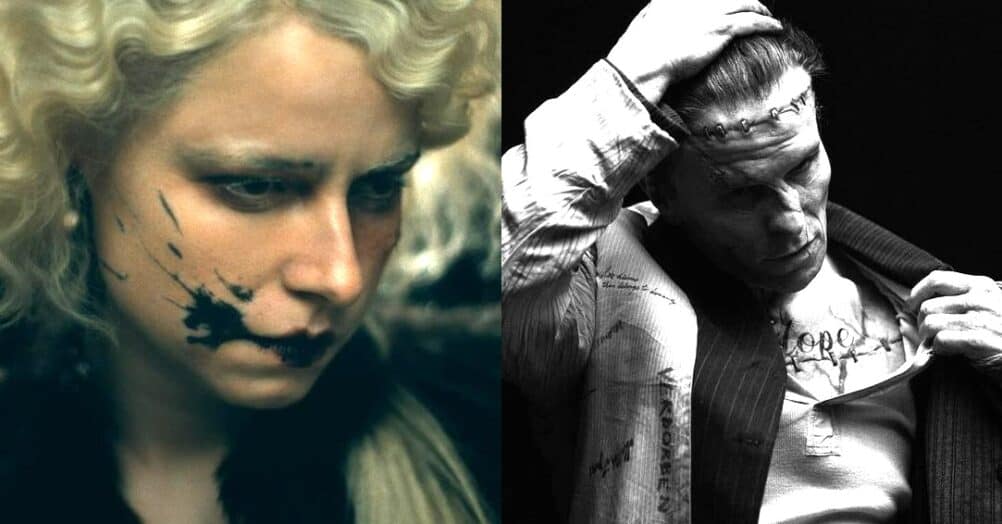
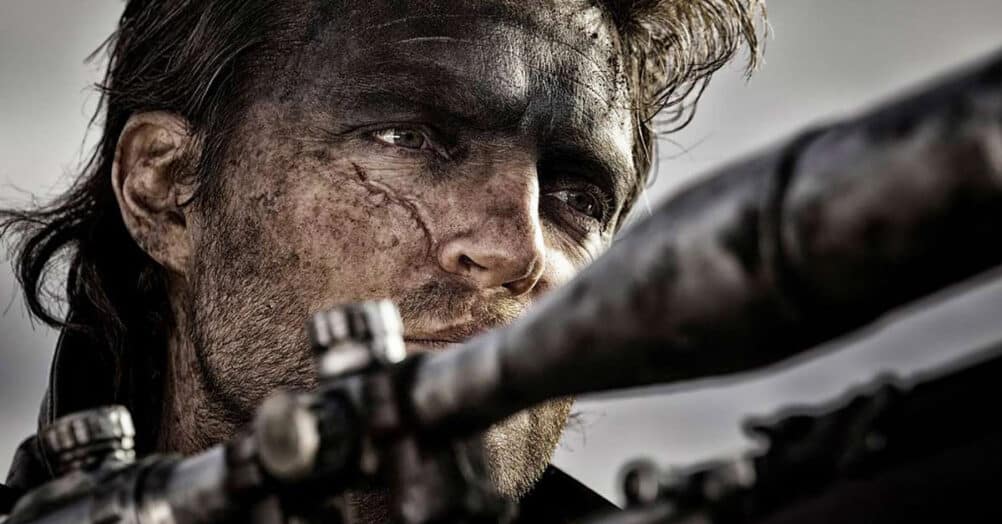
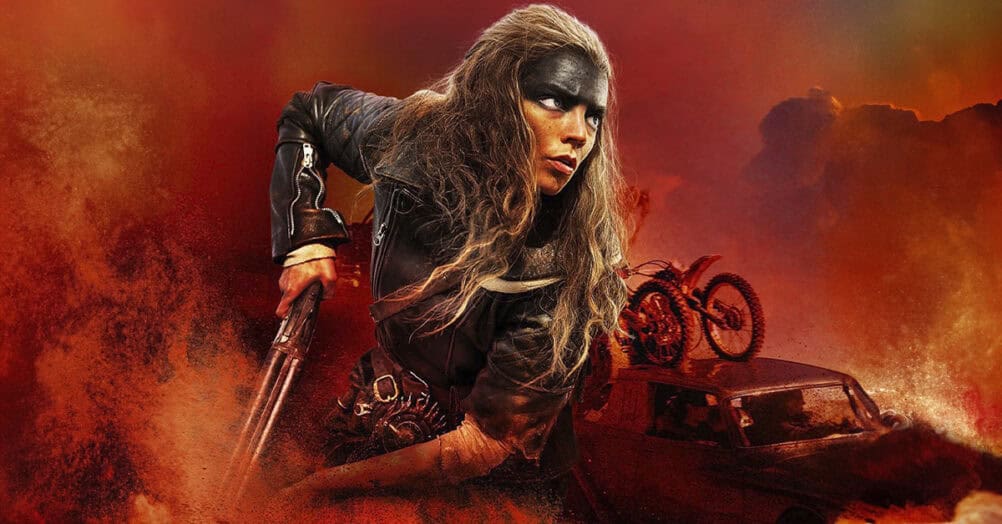
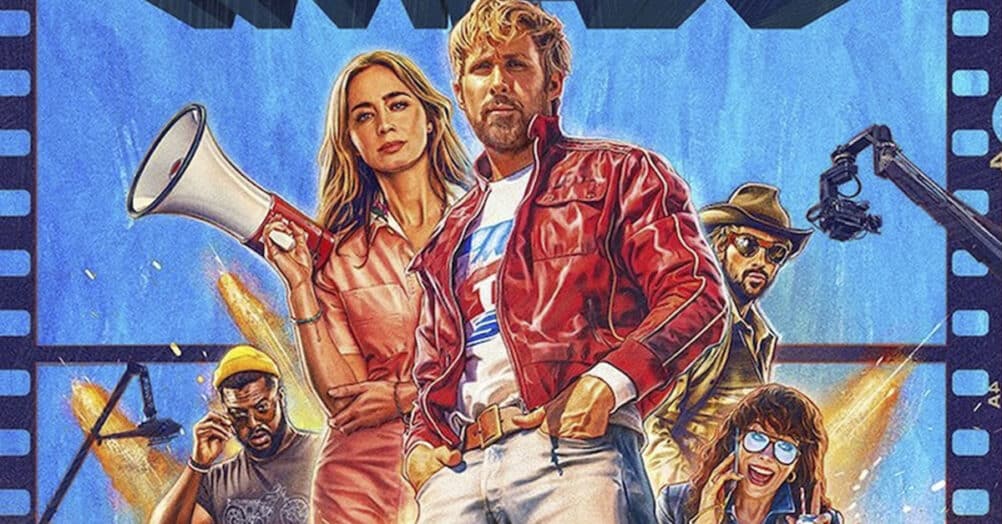
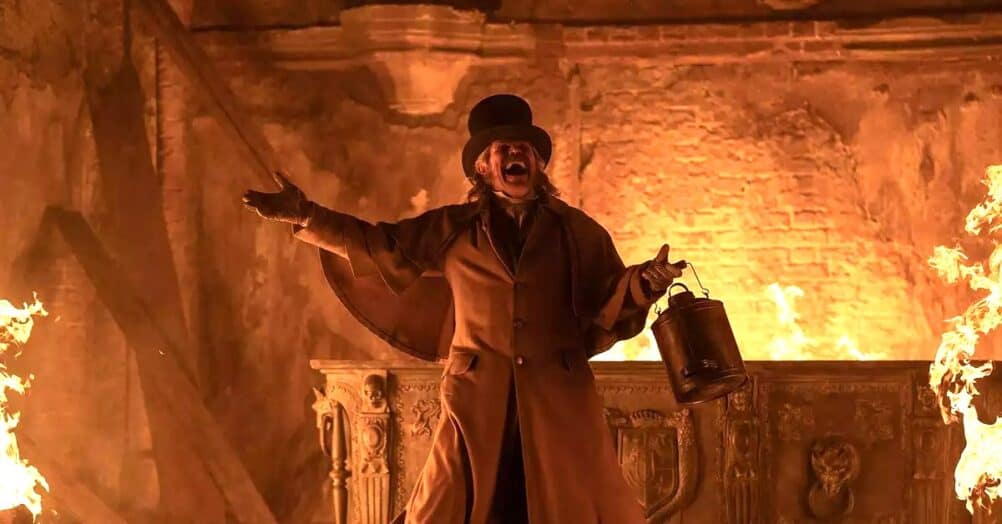
Follow the JOBLO MOVIE NETWORK
Follow us on YOUTUBE
Follow ARROW IN THE HEAD
Follow AITH on YOUTUBE